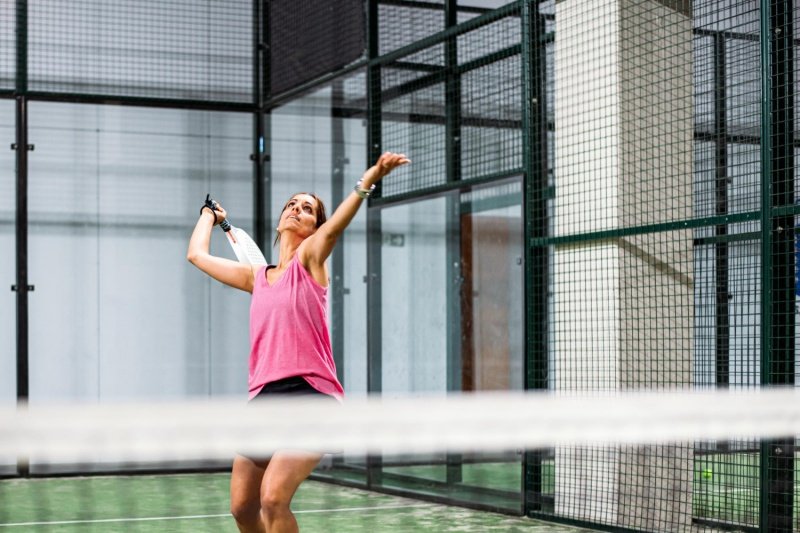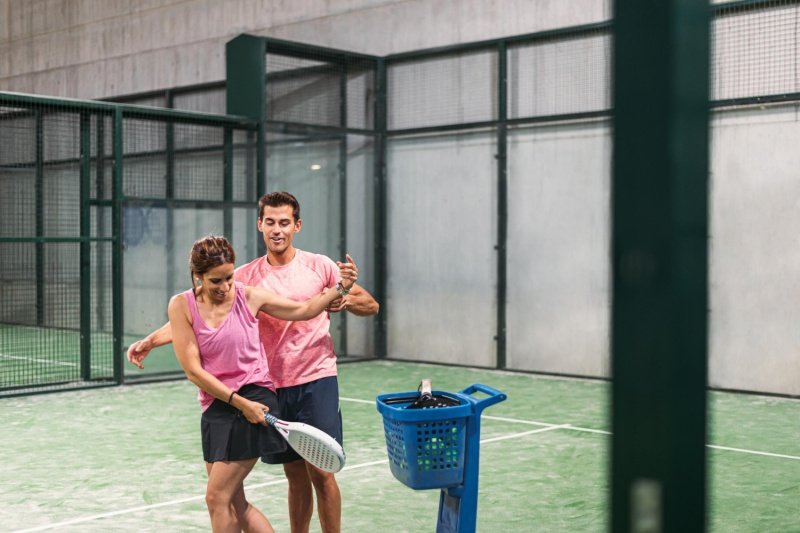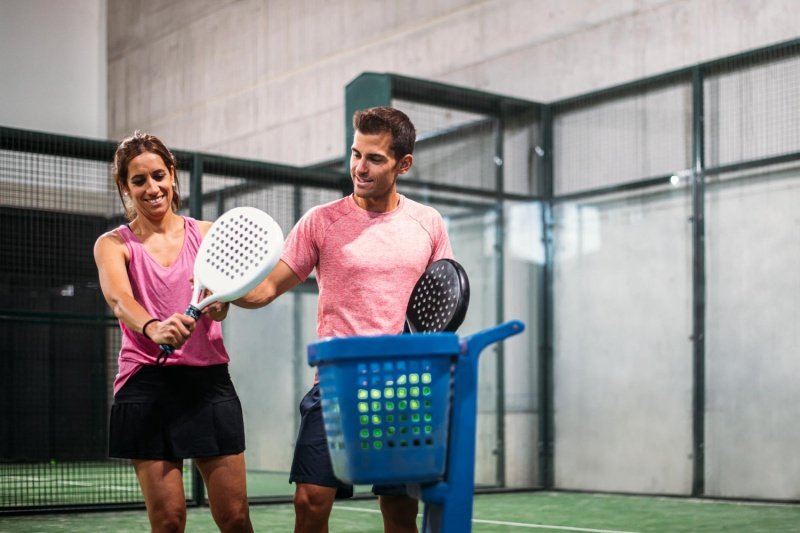Struggling to find reliable, high-quality carbon padel rackets1 at wholesale prices? You're not alone—but there is a better way.
Wholesale carbon padel rackets offer a high-performance blend of strength, control, and affordability for sports distributors and retailers.
If you're looking to gain an edge in a competitive market, the material and brand you choose can make all the difference.
What brand makes the best padel rackets?
Choosing the right padel racket brand can be overwhelming due to the number of choices and conflicting reviews across the market.
Top padel racket brands are known for their durability, balance, and use of advanced carbon fiber technologies2.
Evaluating Brand Excellence
When it comes to brand selection, the best doesn't always mean the most expensive. Brands are often judged based on performance feedback, quality control, and innovation. As a manufacturer, I’ve worked with many international clients who prioritize consistent specs and reliable materials. In my opinion, a good brand should offer both customization and consistent mass production quality.
H3: Brand Comparison Table
| Brand | Material Used | Country of Origin | Known For | Price Range |
|---|---|---|---|---|
| Bullpadel | 3K-12K Carbon3 | Spain | Power & Pro-Level Use | High |
| NEX Padel | 3K-18K Carbon | China | OEM/ODM Flexibility4 | Mid |
| Adidas | Hybrid Carbon5 | Germany | Design Innovation | High |
| NOX | 12K Carbon | Spain | Control & Balance | High |
| Head | Fiberglass/Carbon | Austria | Entry to Mid-Level Gear | Mid |
H3: What Matters Most?
While global brands dominate the shelves, smaller or specialized manufacturers like NEX Padel offer greater flexibility and affordability for bulk buyers. We allow direct customization, which most global brands don’t support.
Is 18K carbon harder than 12K?
Confused by the numbers on carbon fiber? Many buyers wrongly assume higher numbers always mean better performance—but it’s more nuanced than that.
18K carbon is stiffer and lighter than 12K, but performance depends on player preference and manufacturing quality.
Understanding Carbon Grades
In my manufacturing process, I often explain to clients that carbon fiber is classified by its weave pattern and fiber count. Here's a quick breakdown:
H3: Carbon Comparison Table
| Type | Stiffness | Weight | Durability | Feel | Best For |
|---|---|---|---|---|---|
| 3K | Medium | Heaviest | Very High | Soft Touch | Control Players |
| 12K | High | Medium | High | Medium Firm | Balanced Play |
| 18K | Very High | Lightest | Medium | Stiff Feel | Power Hitters |
H3: Application in Real Rackets
Some customers love 18K carbon because it provides a fast response and lightweight feel, ideal for quick volleys. Others prefer 12K for a more balanced strike. What really matters is how the material is integrated with the core. At NEX Padel, we test each configuration to ensure material synergy—not just surface specs.
Why are padel rackets so expensive?
Many first-time buyers are shocked at the price tag of premium padel rackets. This shock usually stems from not understanding the production and material costs behind each model.
Padel rackets are expensive due to premium materials, handcrafted production, and brand positioning strategies.
Breaking Down the Cost
As a factory owner, I know every detail that affects the price. From carbon sheets to labor, each factor adds up.
H3: Cost Breakdown Table
| Component | Approx. Cost Share | Reason for Cost |
|---|---|---|
| Carbon Fiber | 30% | Premium material |
| Core (EVA/FOAM) | 15% | Must match surface material |
| Labor | 20% | Hand-finishing is essential |
| R&D & Testing | 10% | Ensures racket quality and safety |
| Branding & Packaging | 15% | Adds retail value |
| Logistics | 10% | Affects final B2C price |
H3: OEM vs Branded Retail
Working directly with factories like ours eliminates a large portion of the markup. OEM products can be 30–50% more affordable than branded equivalents. That’s the reason many smart retailers source from factories and brand it themselves.
Which material is best for a padel racket?
Choosing the right material affects not only your game but also the product lifecycle and resale value for retailers.
The best padel racket material depends on the desired balance between control, power, durability, and player comfort.
Comparing Material Types
We often consult with clients to choose the best material based on their market segment. Different regions have different preferences, so versatility matters.
H3: Material Overview Table
| Material | Weight | Power | Control | Durability | Cost |
|---|---|---|---|---|---|
| Carbon Fiber | Light | High | Medium | Very High | High |
| Fiberglass | Medium | Medium | High | Medium | Low |
| Kevlar | Light | Medium | High | High | High |
| Graphene | Very Light | Very High | Medium | High | Very High |
H3: Material Mix Strategies
In our production, we sometimes blend fiberglass with carbon to offer mid-range performance without sacrificing too much control or power. For example, a 12K carbon face with a fiberglass frame helps reduce cost while retaining strength.
Conclusion
Wholesale carbon padel rackets combine smart material use, reliable branding, and cost-efficiency—ideal for building a profitable sports equipment business.
-
Learn how carbon padel rackets leverage carbon fiber for enhanced strength and performance. ↩
-
Discover the benefits of advanced carbon fiber technologies in padel racket construction. ↩
-
Understand what the "3K-12K Carbon" designation means in terms of material quality and performance. ↩
-
Explore OEM/ODM flexibility and how it offers customization and cost advantages. ↩
-
Find out how Hybrid Carbon integrates multiple materials for superior design innovation. ↩








